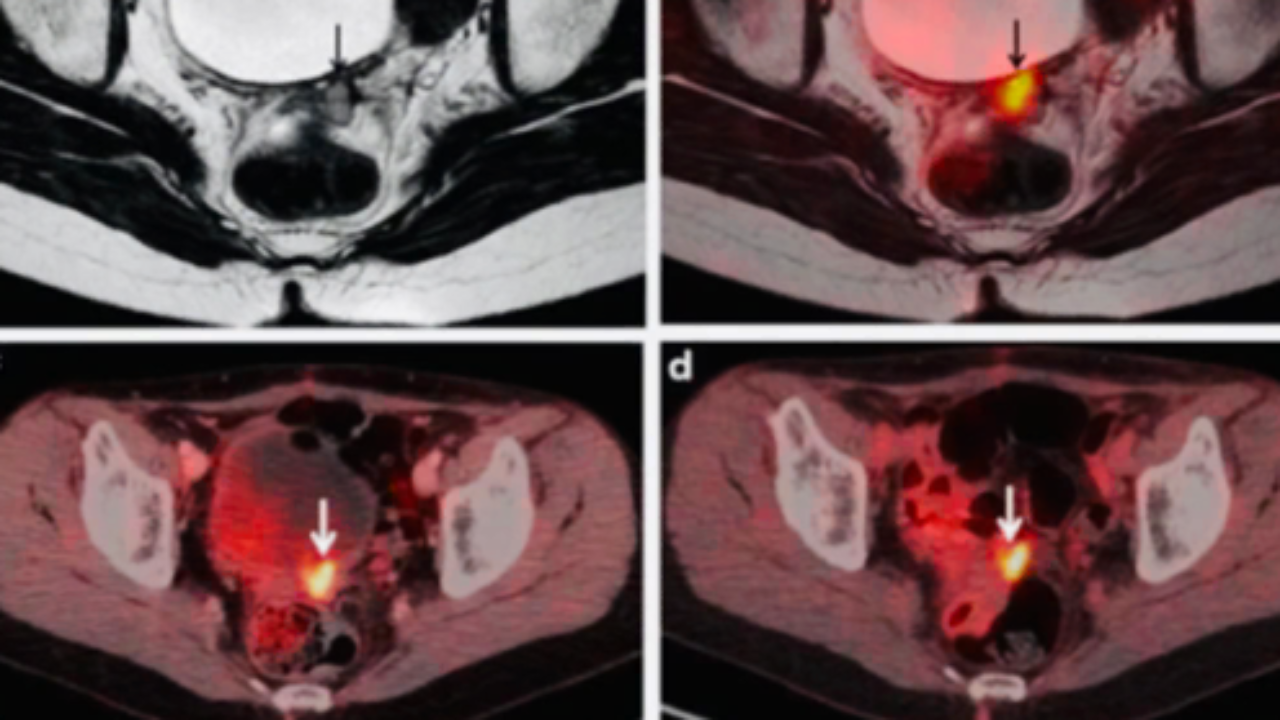Persistent Pelvic Pain
Jul 26, 2023
Written By: Dr. Malerie James, PT
When we experience pain, no matter where it is in the body, the central nervous system needs to process the information. Pain is the body’s way of letting you know if there is the potential for tissue damage. If muscles or organs are not getting enough blood flow, oxygen, hydration to the tissues, etc. then the nervous system’s job is to raise the alert that something must change. For example, if you fall asleep on your arm in a funny position, there might be compression of a nerve that causes your hand to feel numb and painful, eventually enough to wake you up so that you change your position and things calm back down (after the weird tingling sensation goes away!) If you didn’t feel that pain and numbness, there is the potential for tissue damage to the compressed tissues. Another example could be a hamstring strain; when you try to use the muscle the way that you would before the strain, you might experience pain or cramping. This is the body saying “Hey, we can’t do that right now because we need more time to heal.”
So what happens when we can’t alleviate the pain? No matter the posture, taking pain medication, or avoiding certain activities, the pain doesn’t change. No medical imaging or doctor visit has been able to find a source of the pain. Our nervous system might start to increase the sensitivity to inputs that might not have caused a pain response before. Light touch, stretching your hips, voiding your bladder or bowels, or sex can become painful to the point where it limits your ability to take part in your beloved activities! How do we fix this?
Of course, there is no perfect answer. Pelvic pain is extremely individualized to the person experiencing the pain. Maybe inserting tampons or having a medical exam is fine, but as soon as you or your partner try to have penetrative sex, the pain flares. Maybe a stressful day at work has you holding tension in your hips and inner thigh muscles, leading to cramping and pain when you try to void your bladder. Maybe after a long run, it feels like a deep, heavy ache in the pelvic floor that doesn’t get better unless you lay down.
Pelvic pain is often (but not always) linked to a diagnosis, such as irritable bowel syndrome (IBS), interstitial cystitis (IC), or endometriosis. The most recent research indicates that 4-16% of women experience persistent pelvic pain, while less than one-third seek medical treatment. Men do experience pelvic pain as well, but a shocking 99% of diagnoses of chronic pelvic pain are held by women. More than a quarter of child-bearing individuals who undergo c-section report having pelvic pain at 3 and 6 months post-op. Almost half of women with chronic pelvic pain report previous history of sexual or physical abuse. Based on these numbers, it is safe to say that pelvic pain is multifaceted. This means that treatment for pelvic pain must also be multifaceted, with consideration for all of the neurophysiological aspects of pain. Your team of providers might include a physical therapist, a mental health therapist, your medical doctor, a gynecologist, and even a yoga instructor or trainer who can help you move with less pain and improve flexibility, strength, balance, and breath control to support your pelvic floor. No matter the concern or trigger of the pain, it is so important to know yourself and work with people who are knowledgeable about pelvic pain to create an individualized plan to help manage the pain and return to living your life the way you want to live it.
While it can be hard to reach out for help for conditions like these, there has been an awesome influx of information on social media, books, podcasts, and even Netflix documentaries. Knowledge is power!
Books:
-
Come As You Are by Emily Nagoski, Ph.D.
-
The Body Keeps the Score: Brain, Mind, and Body in the Healing of Trauma by Bessel Van der Kolk, M.D.
Documentaries/Short Films:
-
The Principles of Pleasure (Netflix)
-
Tightly Wound (online)
Social Media:
-
@yogaforvaginismus
-
@pelvicpainproject
References:
Dydyk AM, Gupta N. Chronic Pelvic Pain. [Updated 2022 May 29]. In: StatPearls [Internet]. Treasure Island (FL): StatPearls Publishing; 2022 Jan-. Available from: https://www.ncbi.nlm.nih.gov/books/NBK554585/
